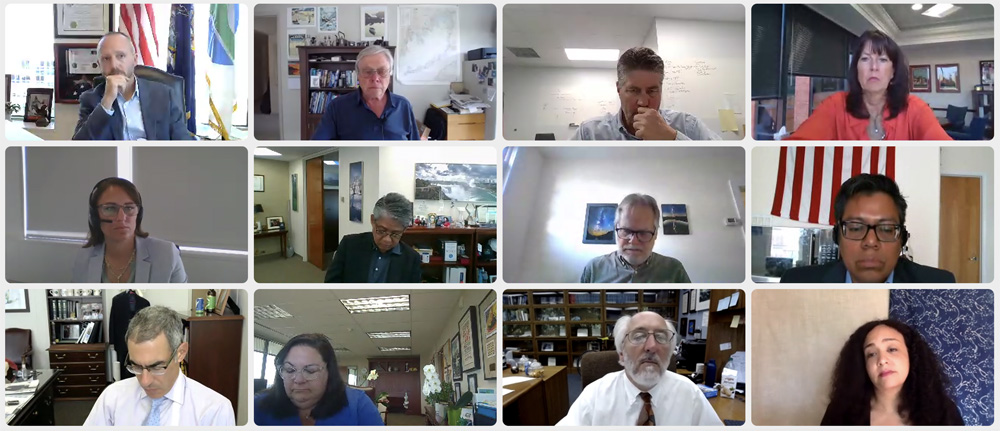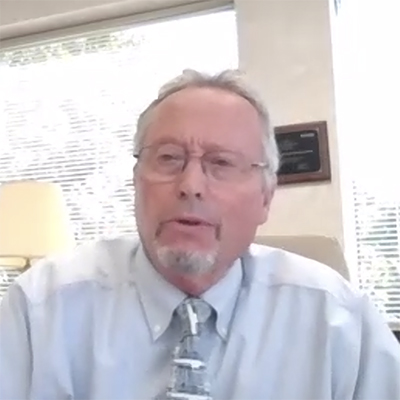
Environmentalists and climate justice advocates on Monday said they support New York’s agricultural and land use policy proposals, but they also offered suggestions for improvement.
The New York Climate Action Council’s (CAC) Climate Justice Working Group (CJWG) provided feedback on policy recommendations from the Agriculture and Forestry Advisory Panel and Land Use and Local Government Panel, two of several informing the 22-member council as it works to complete a scoping plan by year-end to help reach the environmental goals laid out in the state’s Climate Leadership and Community Protection Act (CLCPA). It plans to hold public meetings throughout 2022 before releasing a final plan in 2023.
Among the Land Use panel’s recommendations is the appointment of a “state resilience officer” to oversee “agency hazard mitigation, adaptation, response, resilience and recovery programs.” It also recommended an “adaptation and resilience sub-cabinet to facilitate coordination, dialogue and information exchange.”

The CJWG also supports the recommendation to create a resilient infrastructure fund through bonding, but it should have a specific carve-out for frontline communities, Jessel said. Unfortunately, poor people and disadvantaged communities (DACs) often get caught by unintended consequences of state policies with good intentions, such as a surcharge on insurance premiums for property affected by climate hazards.
“It’s important around the idea of ‘smart growth’ to make sure that DACs are protected from unintended consequences and ask how we are doing that, such as investing in transit in suburban areas at the expense of high-density areas that still don’t have the adequate transit that they need,” Jessel said.
New York needs to move away from the mindset of “bigger is better,” said Jerrod Bley, energy program director of the Adirondack 
“Farmers around the country are adopting soil health practices, reducing emissions, sequestering carbon and achieving improved yields,” Bley said. “We are thus more than ready to bring the transition to more diversified, regional ecological production.”
“We’ve got some pretty good things underway here actually,” New York Agriculture and Markets Commissioner Richard Ball said. “When I visit the vegetable grower conference or the fruit conferences, the most packed attendance seminars are those surrounding soil health, and the commonality there that both sides of agriculture have understood and are coming to understand in a bigger way gives me an awful lot of encouragement.”
Reducing Agricultural GHGs

McHugh-Grifa said the council should ensure that state funds are distributed equitably and do not disproportionately benefit the largest agricultural producers, and that the panels’ goal of a 30% reduction in GHG by 2030 is not ambitious enough.

Robert Howarth, professor of ecology and environmental biology at Cornell University, said that his recent research on the Finger Lakes algal blooms and on groundwater contamination indicates “some cross-messaging and cross-purposes there we need to work out.”
“I agree totally that we could probably use less synthetic nitrogen fertilizer, and it is coming from fracked gas and that’s problematic, which we should look at,” Howarth said. “I also think we need to have a better way of handling manure statewide, and although I understand some of [CJWG’s] concerns about using anaerobic digesters at farm-scale … I think it might be certainly one of the best two options out there.”

